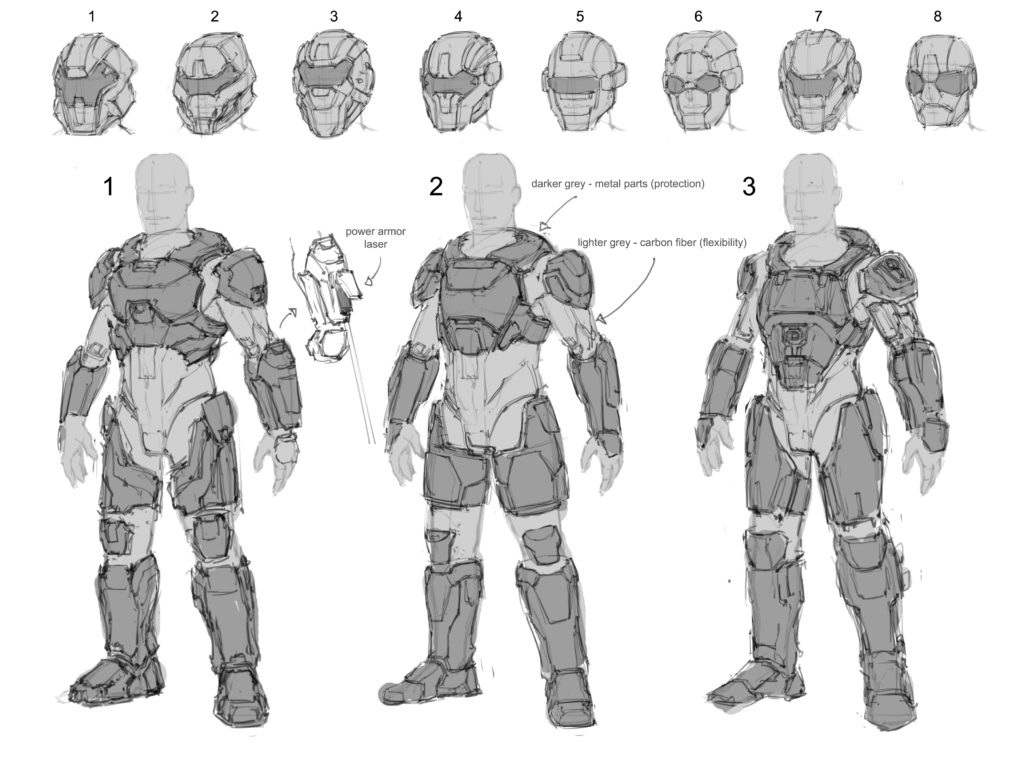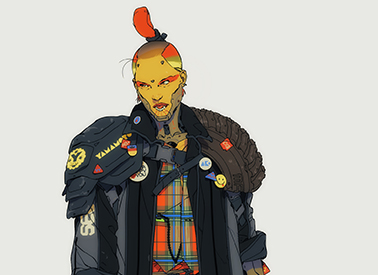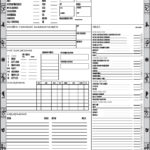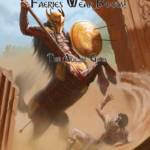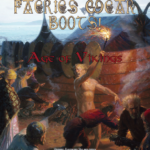Dark Stars is a system that encourages cooperation between players and GM’s to create great experiences and stories. One of the things that the focus on player agency allows in the rules is the possibility for unconventional tactics and strategies that cannot be predicted and therefore cannot be covered by specific rules.
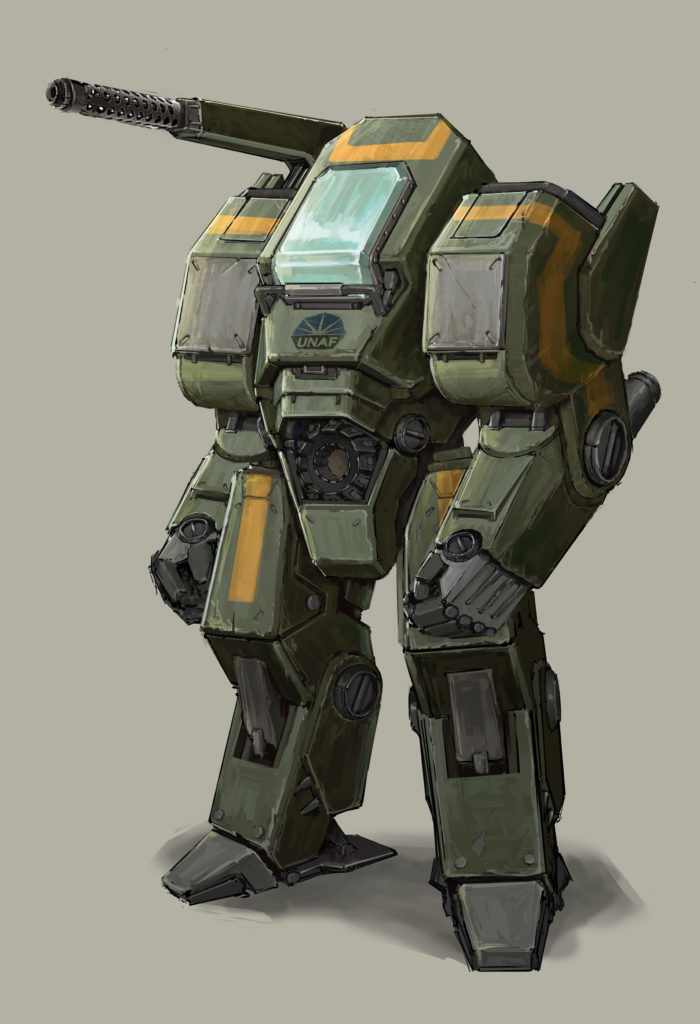
In a game system where everything is rigidly defined then the ability to perform heroic acts outside the bounds of the rigidly defined actions described in the rules system is limited and the GM must invent rules on the fly to cover the situation. The goal of our system is to provide the GM with a set of tools in the task resolution system that allow the GM to adjudicate unconventional and unpredictable tactics used by the players.
Where this relates to the theory of Asymmetrical Warfare is in regard to the disparity of power between the characters and enemies in the setting like corporations or government agencies. In a cyberpunk setting, the cyberpunks are hybrid adversaries, they usually have access to some advanced stand-off weaponry but are overall much less powered than their corporate enemies. Outnumbered and outgunned, the cyberpunks must turn to unconventional tactics in order to survive and achieve their goals. Much like the various insurgent groups throughout history, cyberpunk characters are insurgents fighting a shadow war against massive mega-corporations who have forces that cannot be easily countered by the cyberpunks. The cyberpunks then behave like criminals, striking and then returning to blend in with the population to avoid the overwhelming retaliation of the corporations or governmental agencies. Throughout history there have been countless groups forced into these situations, freedom fighters, vigilantes, criminals or terrorists, no matter what they are called they all resort to unconventional tactics and strategy to combat an opponent who has a massive conventional advantage.
Dark Stars allows the GM and the players to come up with actions that are not explicitly detailed in the rules by having a set of flexible task resolution mechanics and a detailed character generation system that allows various aspects of the character to be defined. By taking into account all of the factors in the character’s skills, abilities and background the GM has all the tools they need to use the task resolution system to adjudicate any action the player wishes to take.
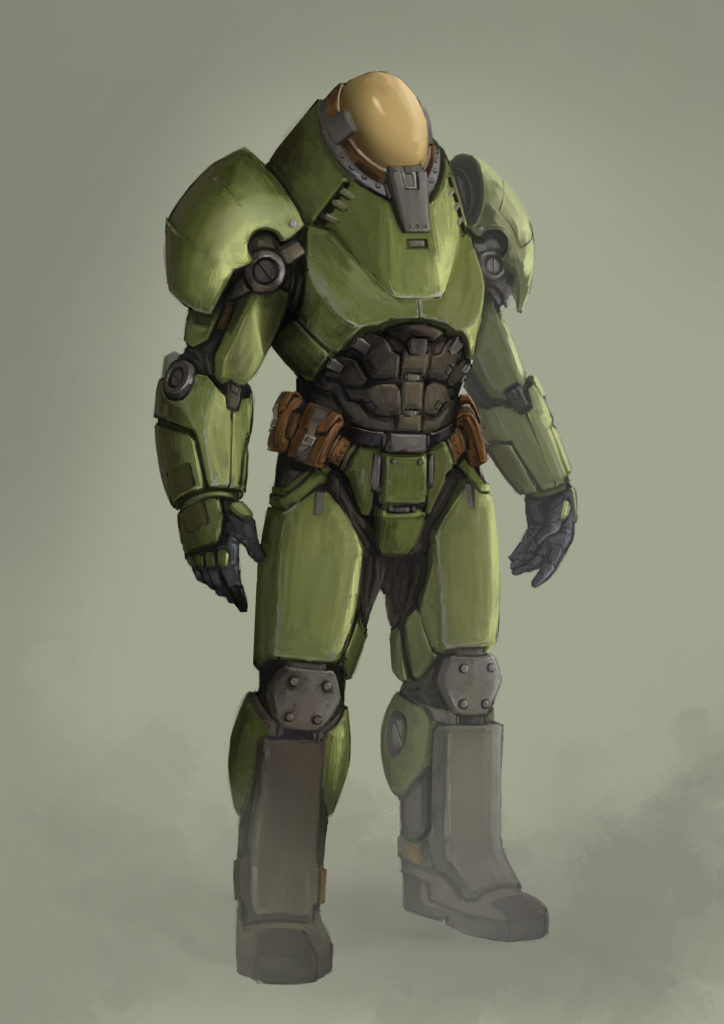
A couple of examples of this in actual gameplay: A party was attempting to hijack a truck belonging to a corporation but the truck was armored. One of the players was on the 10th floor of a building and overlooking the action. Upon finding his weapon ineffective against the truck the player, whose character was heavily cyber-enhanced, decided to leap from the 10th floor window, smash through the windscreen with the character’s cyberlegs and kill the driver of the truck. The character then leapt from the cab and climbed onto the roof of the truck and proceeded to shoot at people while street surfing on the top of the truck. The skill and task resolution system covered all this with very little arbitration needed by the GM and the player rolled well enough that this plan worked out quite well, at least until the driverless truck crashed into a building.
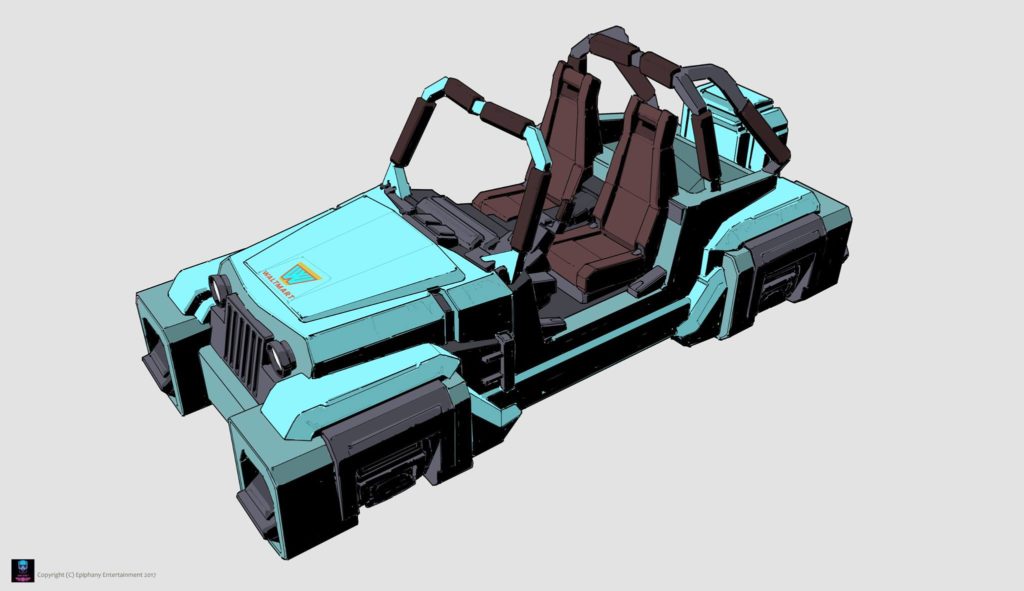
A second example involves power armor and the vehicle combat rules.
Two players whose characters were wearing powered armor, one heavy suit and the other in a light scout suit. The players found themselves engaging some IFV’s (Infantry Fighting Vehicles) The character in the light suit being faster and more nimble than the heavy suit made line of sight contact with the IFV’s while the heavy suit remained behind a building beyond the line of sight of the IFV’s. Using cover and movement to avoid the direct fire of the IFV’s, the light suit lacked the firepower to destroy the
IFV’s alone. The player decided that he wanted to use his targeting data and transmit the data to the heavy power armour suit so that character could use the guided missiles that the heavy armor was equipped with to fire indirectly at the IFV’s using the targeting data so they could engage the targets while not being exposed to direct return fire.. While this is not explicitly allowed in the rules it does make sense. The GM ruled that the player in the light suit would have to make a skill roll as if they were
attacking the vehicle to establish a target lock, then the player with the heavy suit could use that lock on to launch an attack with a guided anti-tank missile, while still remaining hidden behind the building.
So the rules are flexible enough to allow situations that are not explicitly handled by the rules, to be adjudicated easily and smoothly without disrupting play. The reason that this is important to us is because of the way it affects player agency. It allows the players to have their characters carry out any action they can imagine this allows players to create a cinematic experience that will become a story shared around the gaming table for years to come.
